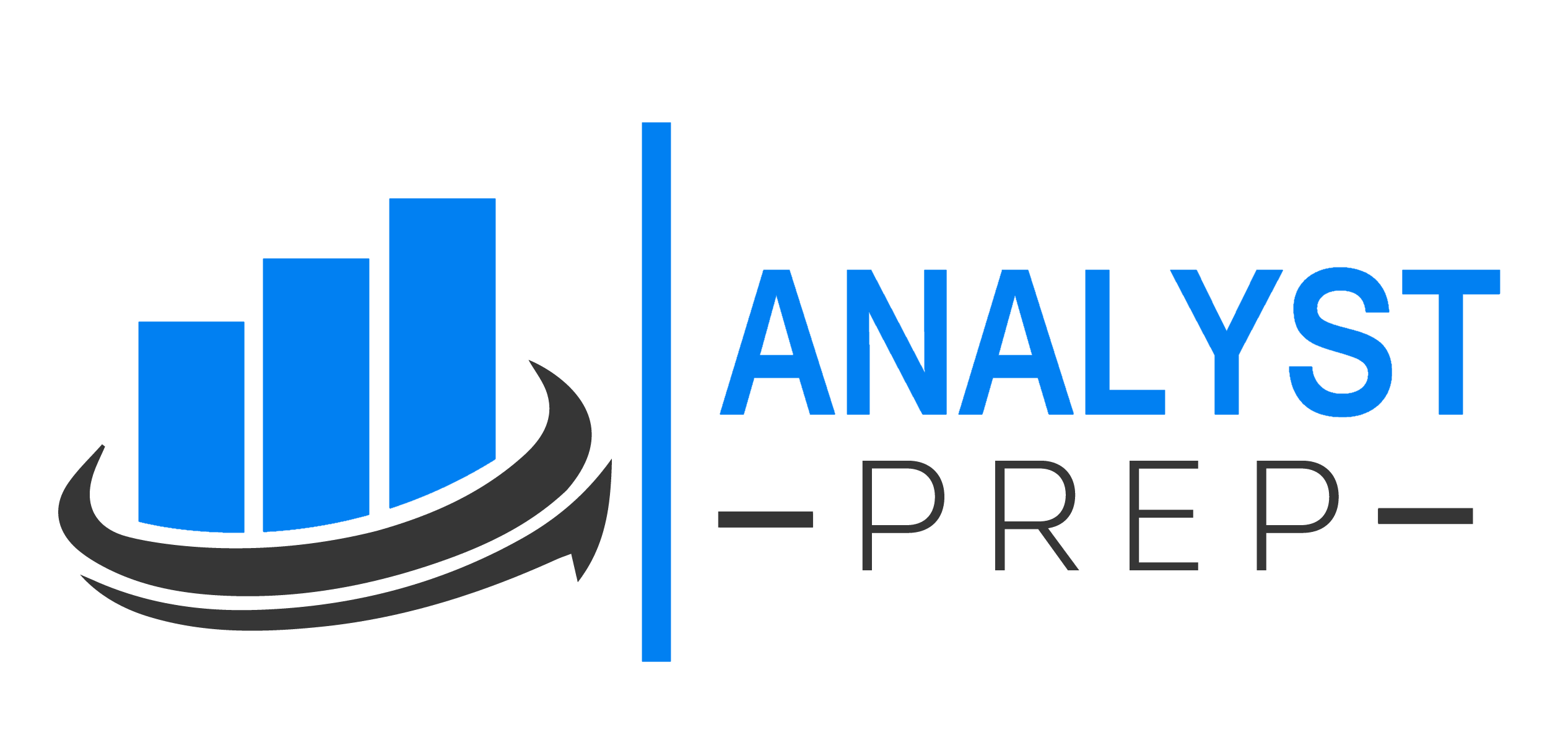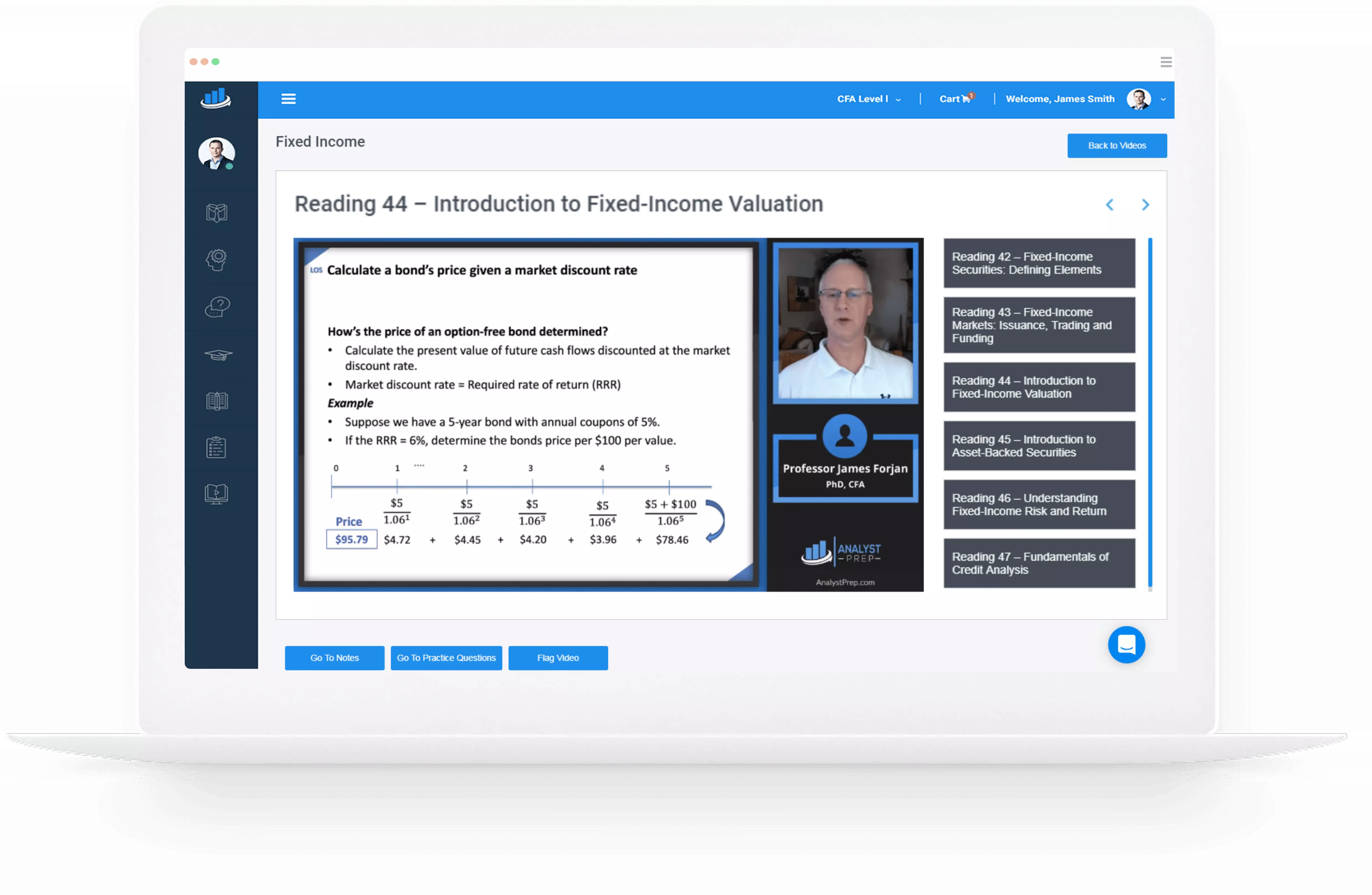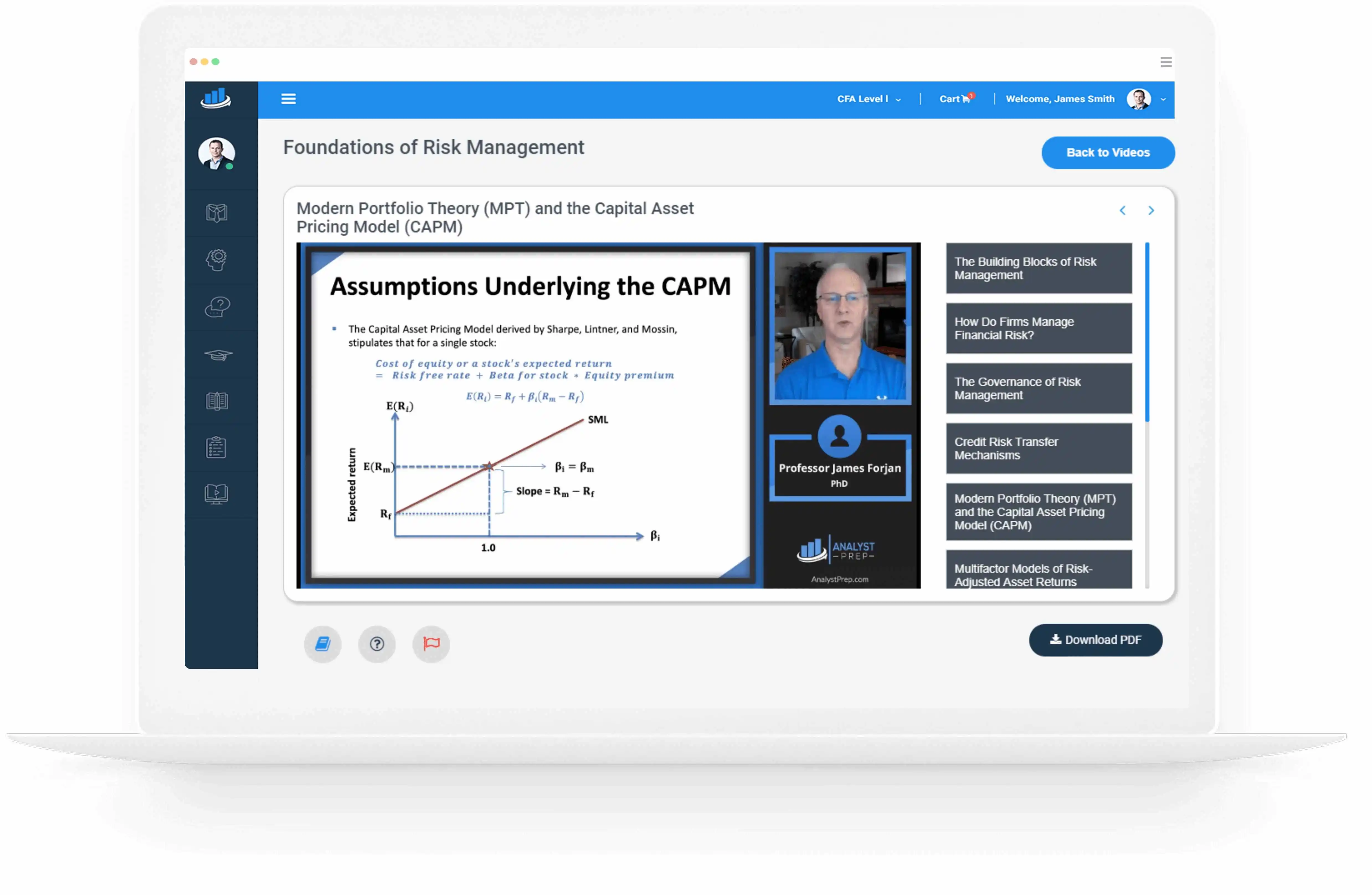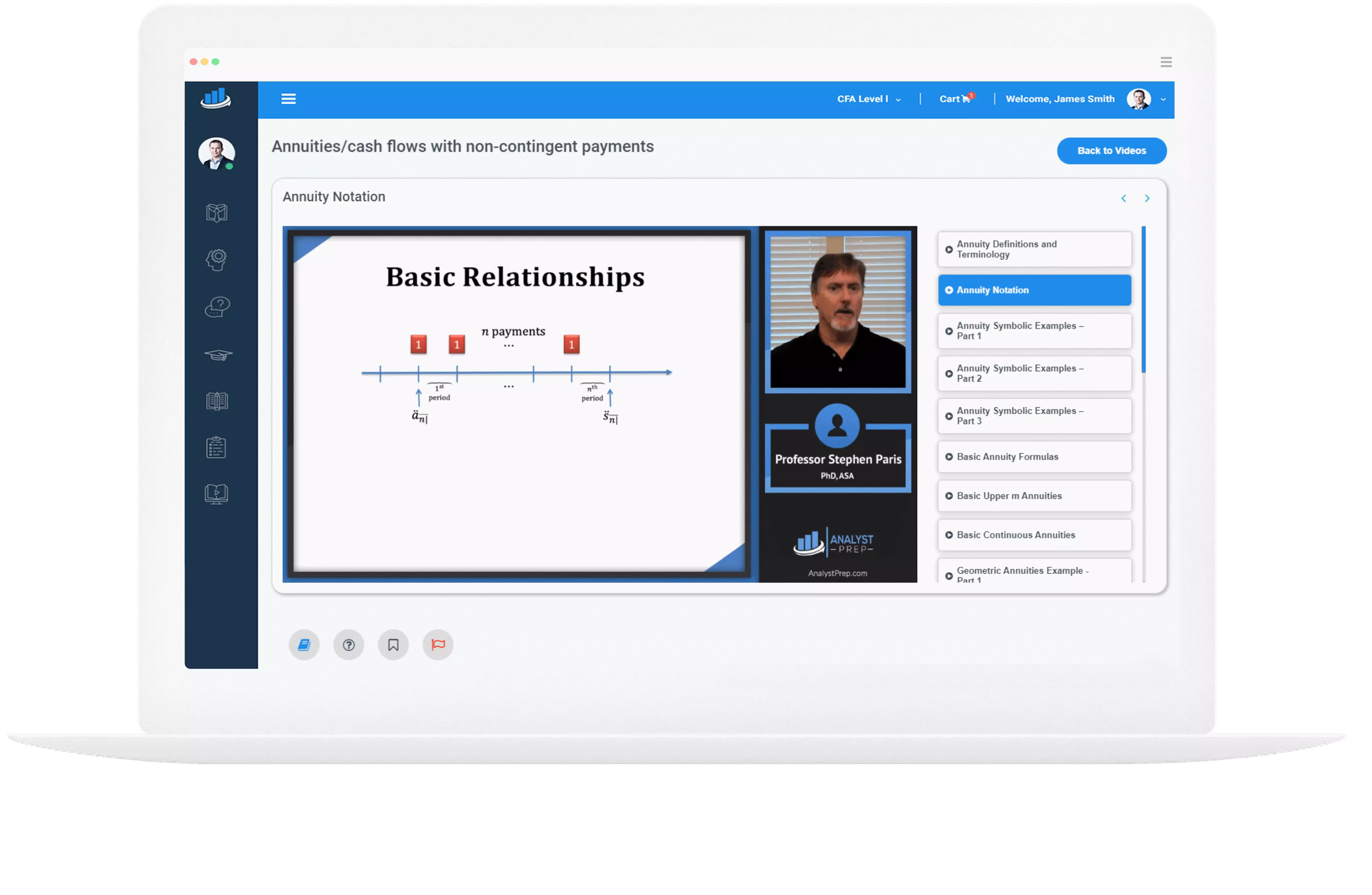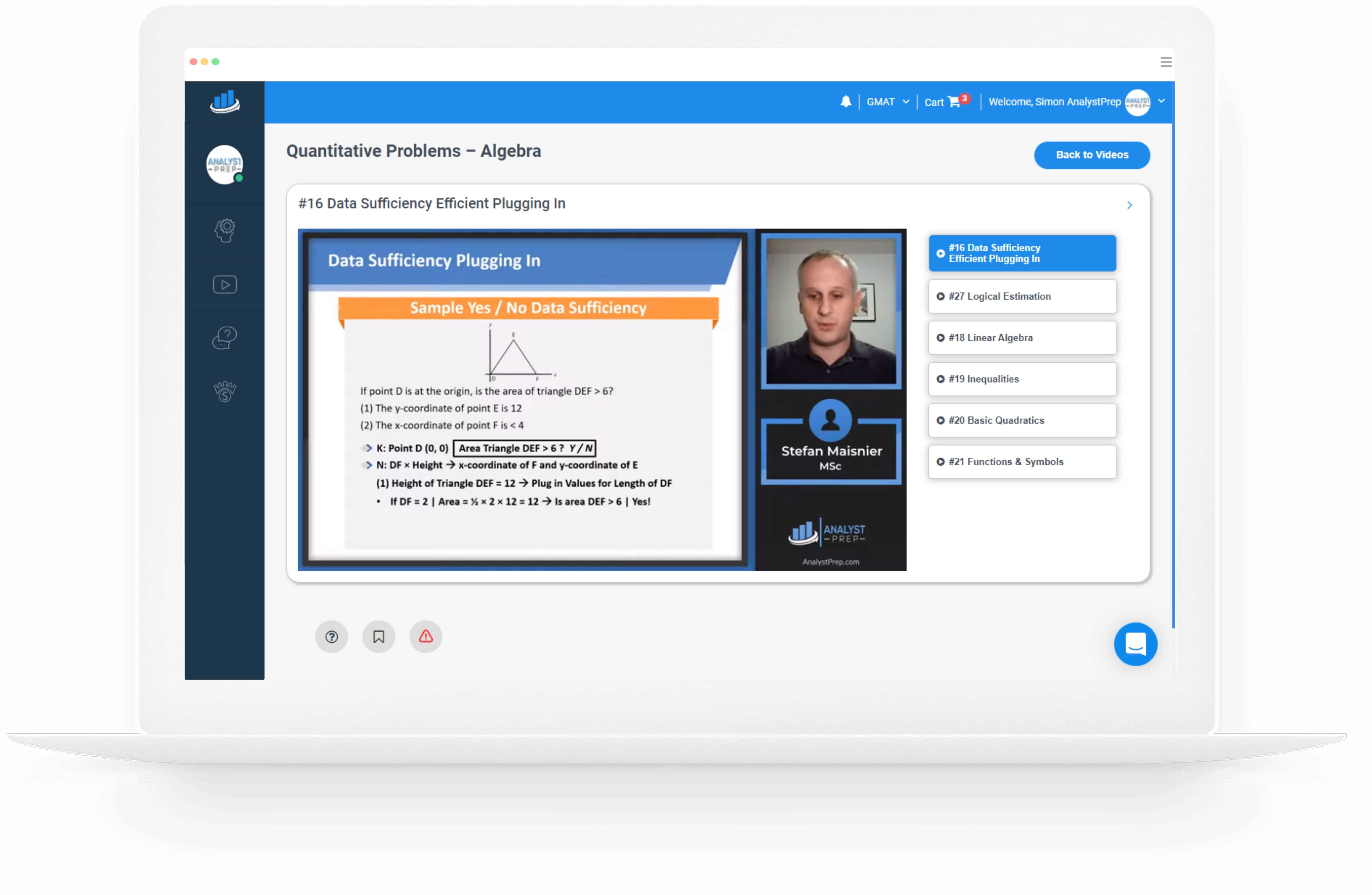Arbitrage Opportunities Involving Options
Call Option A hedging portfolio can be created by going long \(\phi\) units of the underlying asset and going short the call option such that the portfolio has an initial value of: $$ V_0=\phi S_0-c_0 $$ Where: \(S_0\) = The…
No-Arbitrage Values of Options
Valuing European Options A European option is an option that can only be exercised at expiry. Let’s consider a simple example to better illustrate the concept. Example: The Value of a European Option Consider a stock with an initial price…
Binomial Option Valuation Model
Contingent Claims A contingent claim is a derivative contract that gives the owner the right but not the obligation to receive a future payoff that depends on the value of the underlying asset. Call and put options are examples of…
Pricing using the Zero-Coupon Yield Curve and an Arbitrage-Free Binomial Lattice
Valuing a fixed-rate coupon bond with no embedded options using the arbitrage-free lattice and the spot curve leads to the same bond value. This holds because the binomial interest rate tree is arbitrage-free. However, the spot curve will not work…
Structure and Features of Credit Default Swaps (CDS)
A credit derivative is an agreement between two parties, a credit protection buyer and a credit protection seller. The protection seller provides protection to the buyer against a particular credit loss. Among the various types of credit derivatives, credit…
Credit Analysis for Securitized Debt
Securitized debt allows the issuers to finance a specific set of assets such as mortgages and auto loans rather than the entire balance sheet, unlike other risky bonds. Investors of securitized debt benefit from greater diversification, more stable and predictable…
Term Structure of Credit Spreads
A credit curve is a graphical representation of the spread over benchmark security for an issuer of a credit risky bond across maturities. The following shows the term structure of credit spreads: The higher the time to maturity, the greater…
Interpreting Credit Spread
A corporate bond yield is made up of the benchmark yield and the credit spread. Benchmark yield The benchmark yield is affected by macroeconomic factors, including: The expected inflation rates. The expected real rate of return. Risk aversion for uncertainty…
Value of a Bond and its Credit Spread
The arbitrage-free framework is applied for credit analysis of a risky bond, assuming that interest rates are volatile. A binomial interest rate tree is constructed assuming no arbitrage. The tree is then verified if it has been correctly calibrated and…
Structural and Reduced Form Models
Structural Models Structural models focus on a firm’s assets and liabilities and define a mechanism for default. The probability of default is endogenous as default normally occurs when the value of the firm’s assets hits a barrier representing default. They…
